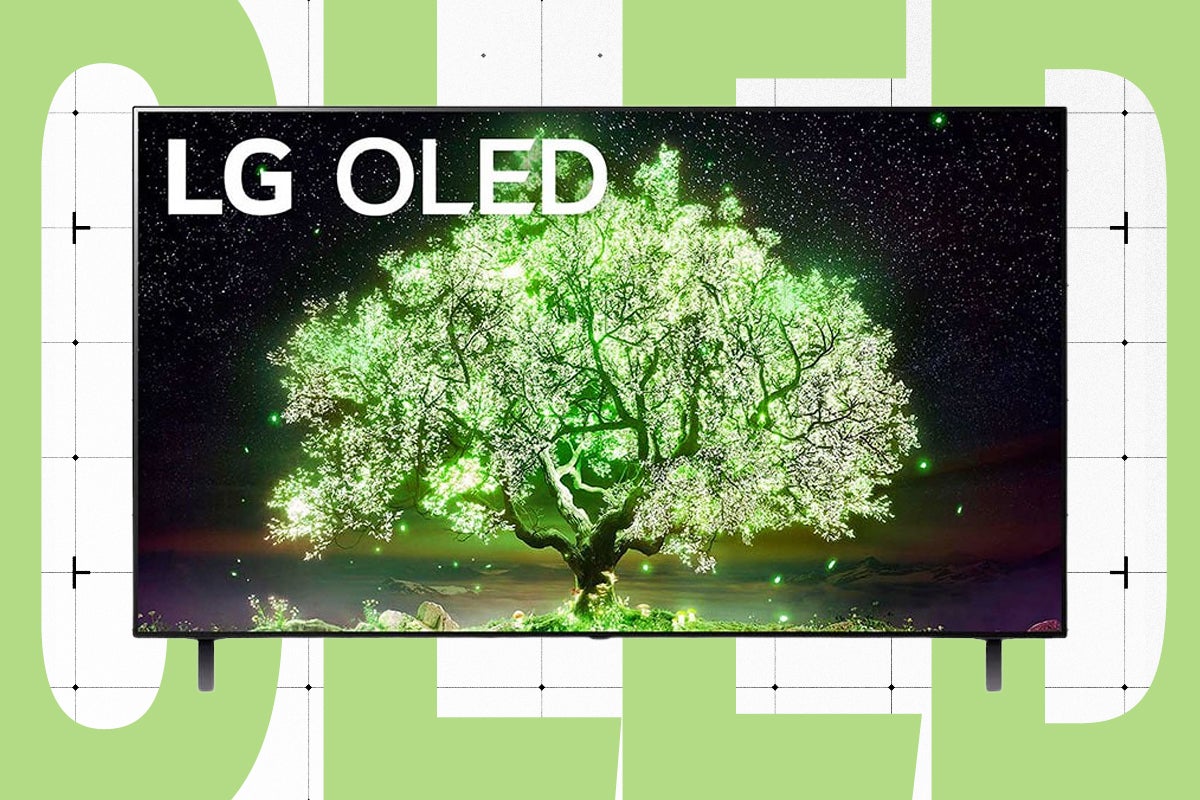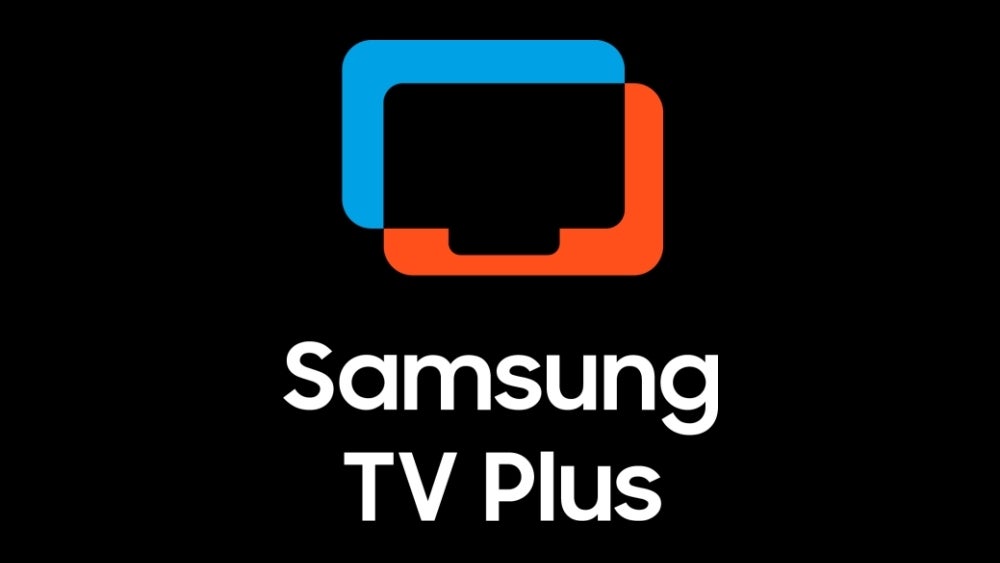What is Micro Lens Array? Explaining the new panel that powers next-gen OLED TVs
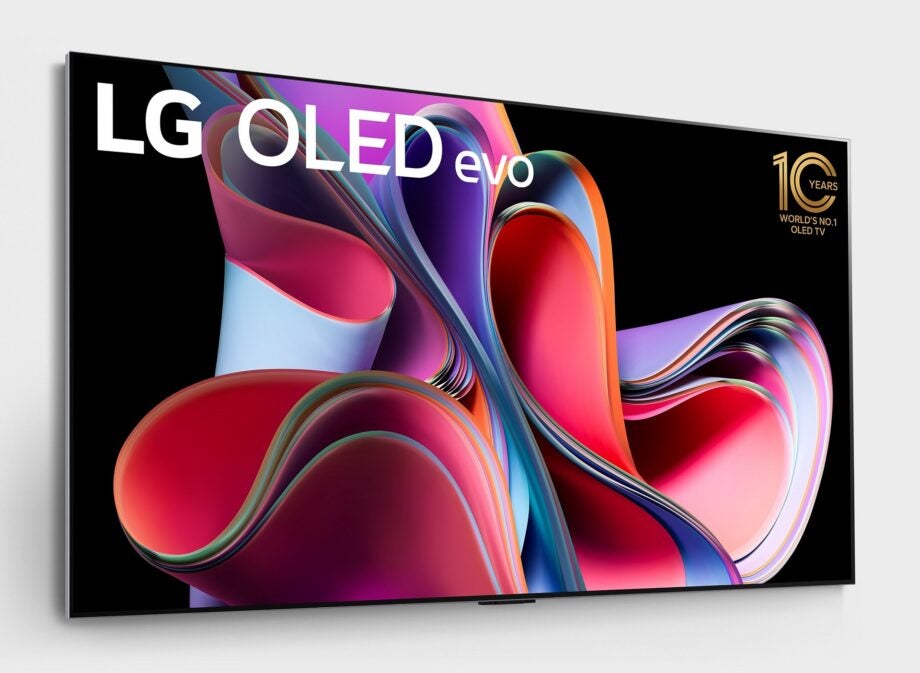
OLED TVs have been around for ten years, and despite the critical jabs many of its detractors have laid at its feet, it has been steadily improving with each year.
The latest improvement comes courtesy of LG Display’s META Technology, and to be more specific, the Micro Lens Array that forms a part of this latest innovation.
So what is it, what does it do, and what boost does it bring to the latest generation of OLED TVs?
What is Micro Lens Array?
One of the issues with OLED technology has been its perceived lack of brightness compared to other screen types of TVs. Brightness for HDR content is important as it allows, to keep it simple, for a wider, more accurate range of colours to be shown on screen. A higher brightness can equate to more colours being displayed.
OLED TVs haven’t been the brightest compared to their LCD and Mini LED peers, and so Micro Lens Array aims to supercharge the levels of brightness a screen can produce.
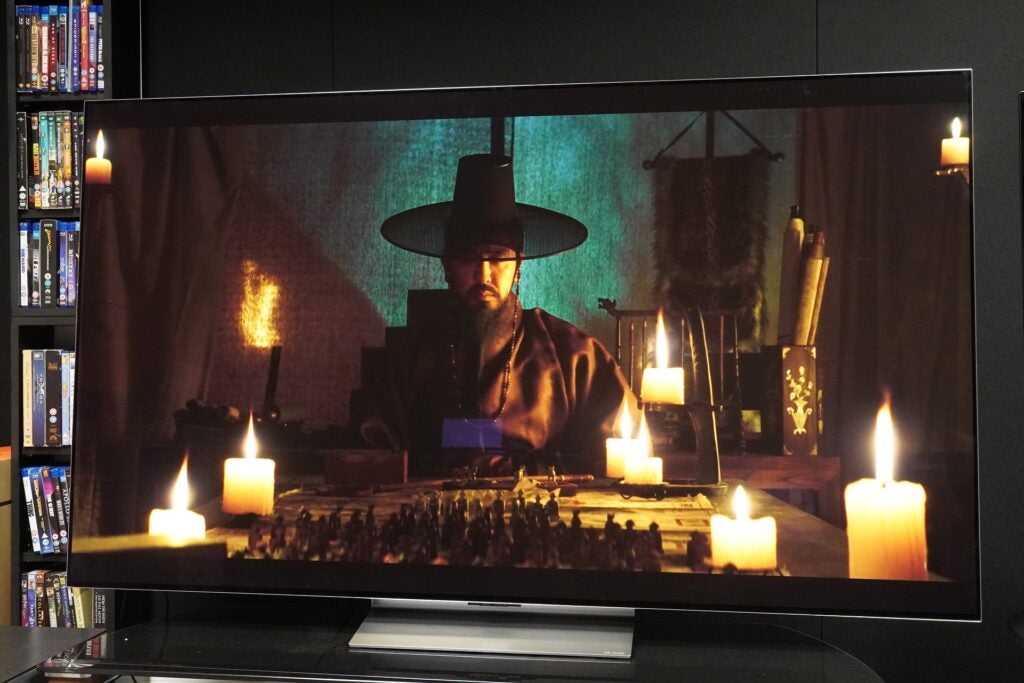
Micro Lens Array follows from LG’s EX technology, and is one piece of META Technology that LG Display created. It’s a uniform pattern in the screen panel that features tens of billions of micro lenses that reduce the loss of light from internal reflections to improve the levels of brightness the screen can produce. The more light that is kept within the screen, the more light (or brightness) that is transmitted to the user.
A 77-inch 4K OLED with the META Technology is said to feature 42.4 billion micro lenses in its screen, with approximately 5117 micro lenses per pixel. As you can no doubt guess, that’s a lot of micro lenses.

Sign up to Amazon Prime
Want to enjoy free next-day delivery and access to Prime Video? You can sign up to a free 30-day trial of Amazon Prime right now.
- Amazon
- Cancel any time
- 30-day free trial
What are the benefits of Micro Lens Array?
We’ve already mentioned one positive aspect of Micro Lens Array by upping the brightness the screen can produce for a richer colour experience.
We’re in the process of testing the LG G3 OLED, and that screen easily hits 1400 nits of brightness with HDR content. In its Vivid mode we measured hitting a scorching 1700 nits, which is by far the best result we’ve seen from an OLED TV so far. Higher peak brightness also makes it easier to watch an OLED TV in a bright room, as it won’t suffer as much from ambient light or glare on the screen.

Another benefit of Micro Lens Array is that to produce this level of brightness, it doesn’t require any additional power, so you could describe it as being more energy efficient. And the way that Micro Lens Array works by reducing the amount of light loss from the screen also allows it to improve the viewing angle by 30%.
There’s also the factor that with most HDR content mastered at around 1000 nits, the brighter a TV is, the less need for it to apply tone mapping. To keep it simple, the TV doesn’t need to guess or make an assumption as to what colour is on screen or how bright a particular object is, it can simply just show as it was meant to be.
So what is META Technology?
META Technology was created by LG Display for its 3rd generation OLED panels. The Micro Lens Array is one element, and the other aspect is the META Booster algorithm.
The META Booster algorithm analyses the image to spot where it can improve overall brightness, colour expression and areas of peak white. It does this in real-time to control the brightness in each scene, to make bright areas more brighter, and dark areas even darker, to create impactful contrast and realistic-looking scenes.
Which TVs feature Micro Lens Array technology?
Currently only two manufacturers have announced TVs that feature the Micro Lens Array technology. One is LG with their LG G3 OLED, and the technology features in the 55-, 65- and 77-inch models. It’s also included in their 77- and 88-inch 8K OLEDs.
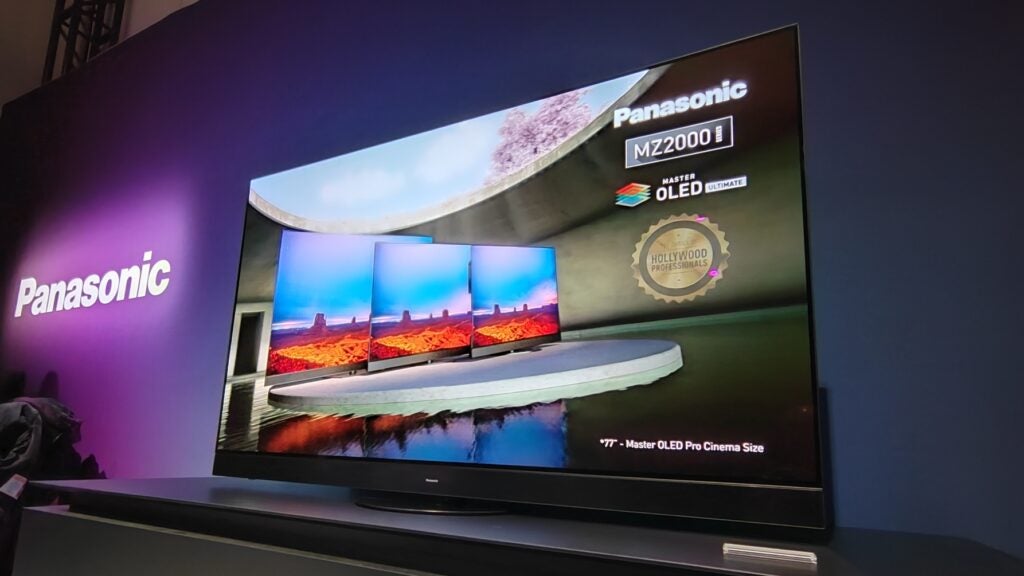
Panasonic is also using Micro Lens Array technology in its flagship MZ2000 OLED in the 55-, 65- and 77-inch sizes. It’s important to define that Panasonic isn’t using the META Technology, however, just the Micro Lens Array part of it. The META Booster is LG’s technology for its TVs. Panasonic is taking the MLA structure and applying its own heat-sink technology to improve the energy efficiency, as well employing its own expertise is managing brightness and colours.



